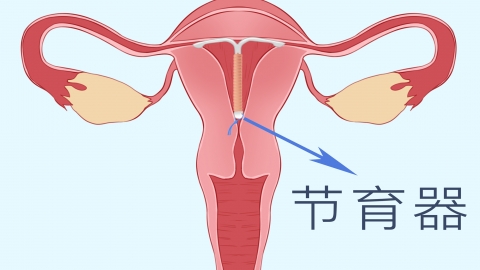What does it mean for a woman to have an IUD (intrauterine device) inserted?
Generally speaking, "da huan" (带环) in females refers to the placement of an intrauterine device (IUD). The detailed explanation is as follows:

The contraceptive mechanism of the intrauterine device mainly involves local tissue reactions that affect the implantation of the fertilized egg. The IUD causes a sterile inflammatory response in the endometrium, altering the intrauterine environment, which makes it difficult for the fertilized egg to implant onto the endometrium. It also interferes with sperm motility, thereby achieving contraception.
This method of contraception has a high efficacy rate and prolonged duration. Once placed, it can provide contraceptive effects for several years or even longer. However, IUD placement may cause some side effects, such as increased menstrual bleeding, prolonged menstrual periods, and lower back pain. Some women may also experience IUD displacement or expulsion.
After IUD insertion, women should follow the doctor's recommendations for regular gynecological examinations. Imaging methods such as ultrasound can be used to monitor the position of the IUD and promptly detect any displacement or expulsion, ensuring its continued contraceptive effectiveness.




